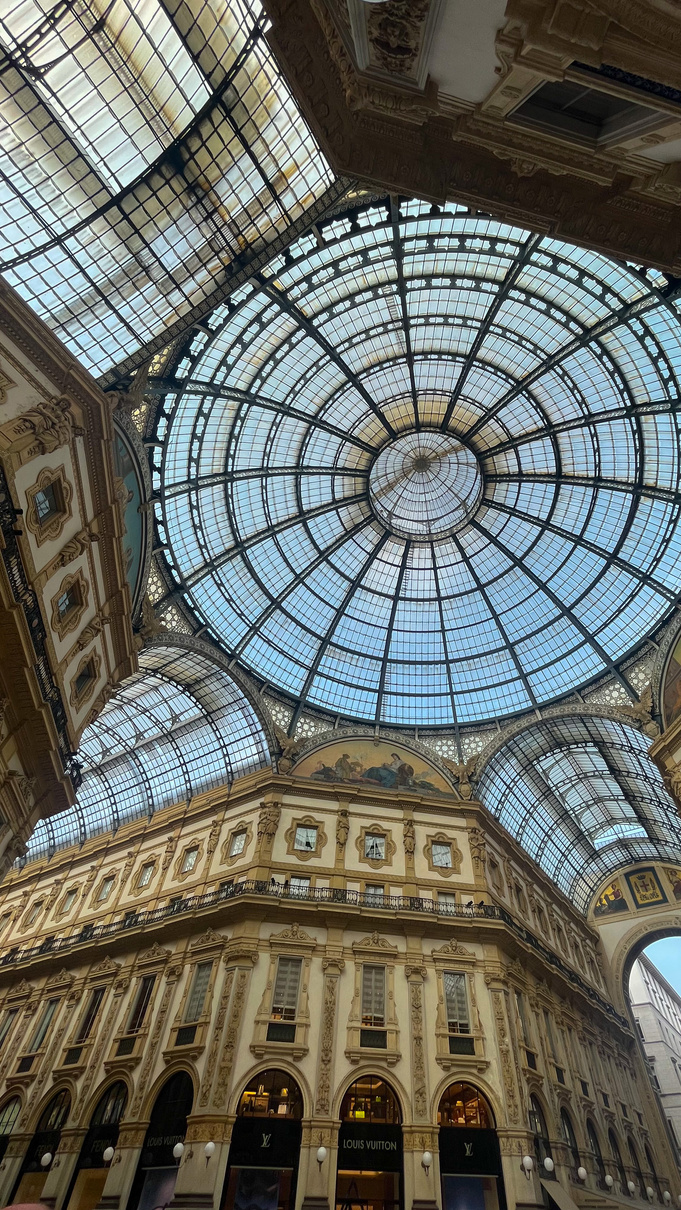
A CREATIVE WORKS FELLOWSHIP PROJECT
SPONSORED BY THE GOULD CENTER AT CMC
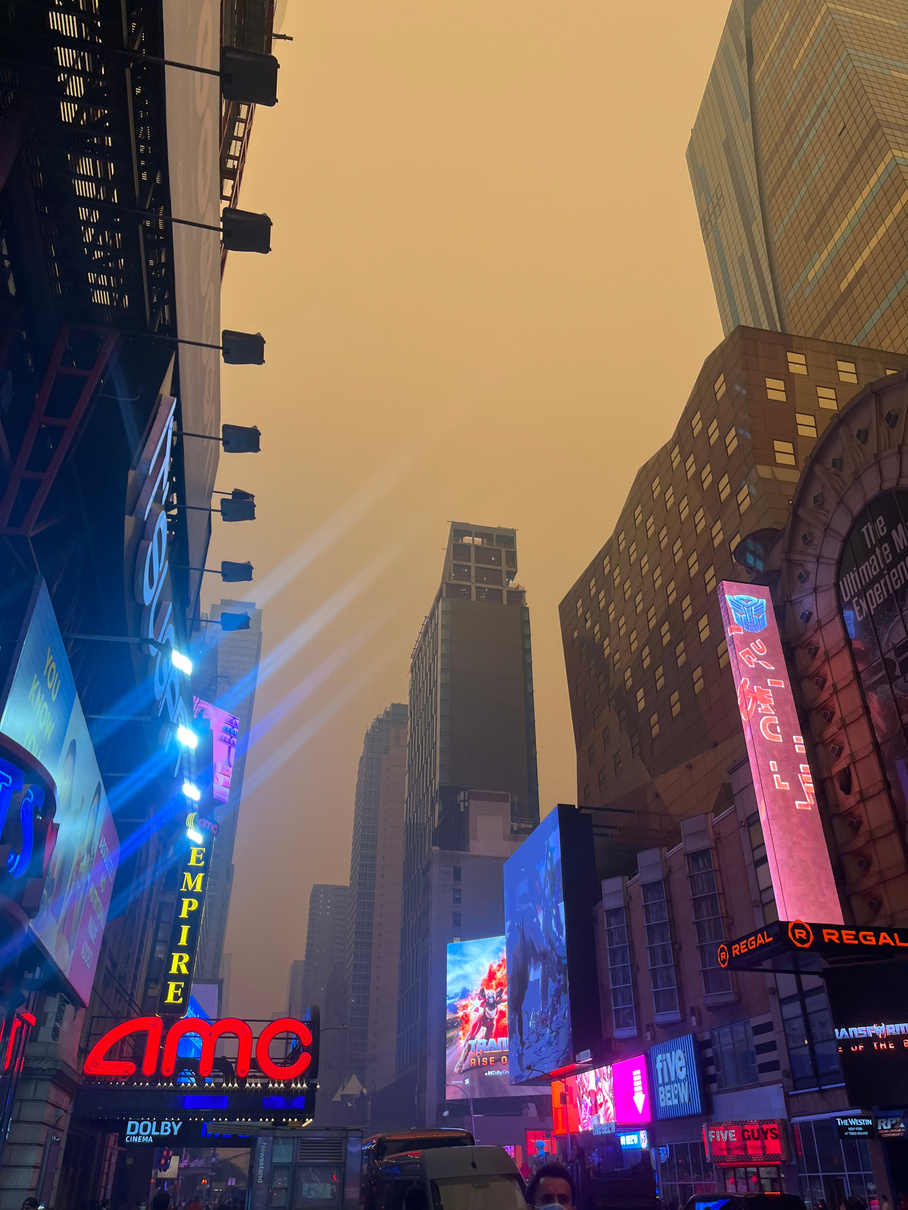
Sustainable Fashion
Through the Lens of the Fashion Capitals
JOSEFINE BYSTRÖM
SUMMER 2023
The fashion industry is one of the largest polluters in the world, with fast fashion companies wasting resources and taking advantage of trend cycles. Through the Creative Works Fellowship, I will create a short documentary and write information about sustainable fashion’s multifaceted angles by exploring sustainable fashion in New York, Milan, and London. I plan to talk to shop owners, startup founders, investors, and others in the sustainable fashion space to incorporate multiple perspectives.
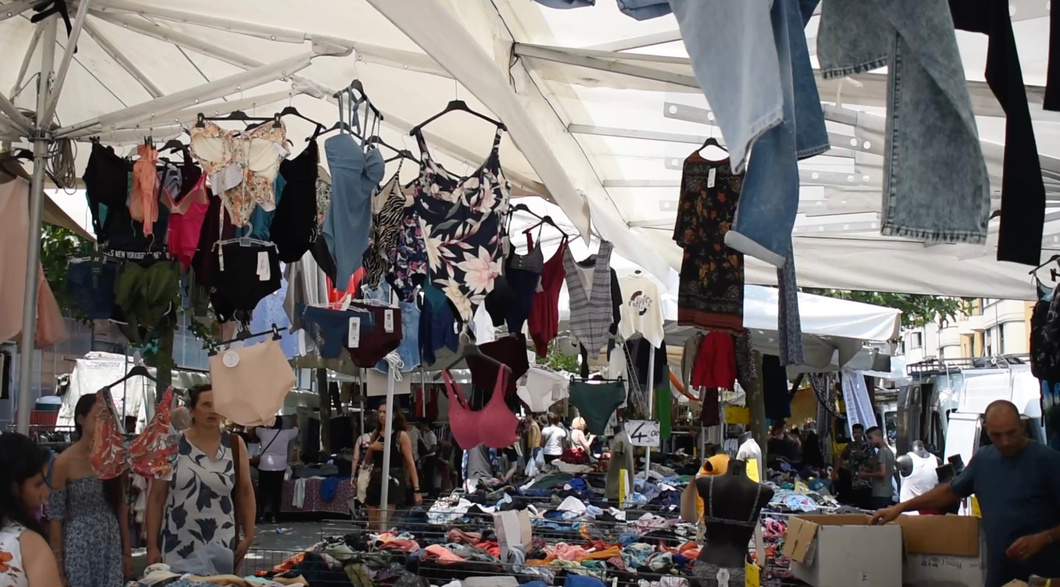

SOURCE: GOOD ON YOU
Fast fashion:
a timeline
According to the World Economic Forum, the fashion industry is now the third largest polluter in the world
The Industrial Revolution
Instead of hand-making clothes, machines like sewing machines were introduced. This made fashion more widely available in shops and changed the way people value clothes.
Now

Prior to the 1800s
Before the 1800s, people had to
source their own material, weave the fabric, and make their clothes by hand. These pieces were slow fashion, as it takes time and care to produce long-lasting garments.
The 1960s
By the 1960s, clothing had become a way for young people to express themselves. New trends were emerging, encouraging the consumption of fashion, but people still took care of their clothing for a long time.
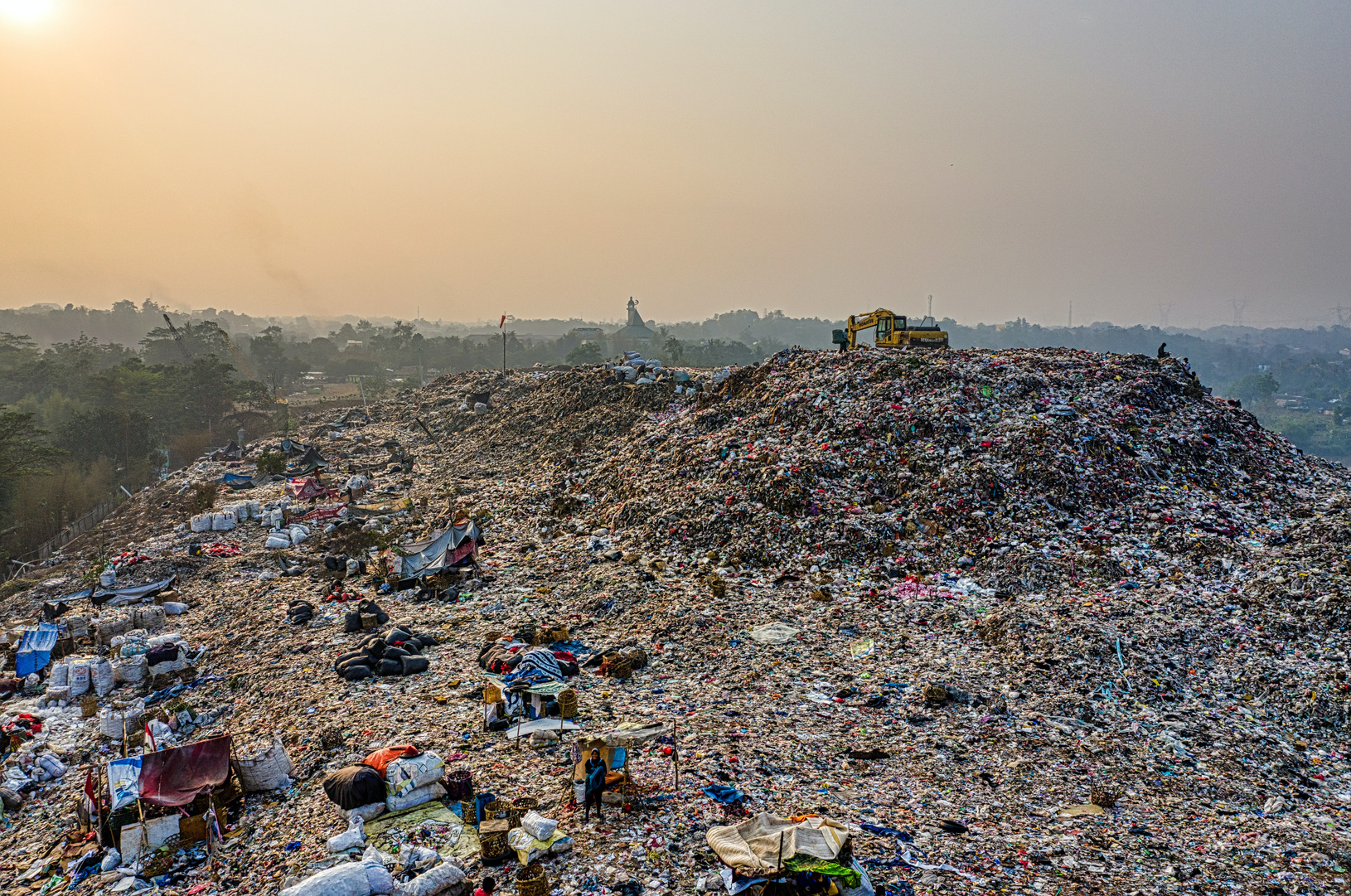
The problem
Fast fashion is inexpensive, trendy clothing produced at lightning speed by mass-market retailers. These types of stores dominate the clothing industry, providing easy and cheap access to clothes for shoppers that want to stay on top of the latest trends. With the latest popular outfit in hand, people wear these clothing items only a handful of times before they buy the next trendy item. This shopping behavior contributes to a cycle of overproduction and overconsumption that has made the fast fashion industry one of the biggest polluters.
SOURCE: World economic forum
Fashion
10%
90%
10% of global carbon emissions come from the fashion industry
Is there a way to solve this?
The Fashion Capitals
Some of the most influential fashion capitals of the world, these cities have always been known for their great Fashion Weeks, pushing out the newest trends and being on the forefront of new design within fashion. But now that we are faced with one of the biggest threats to our planet, how are these cities adapting to help fight fast fashion?
London

Milan

New York
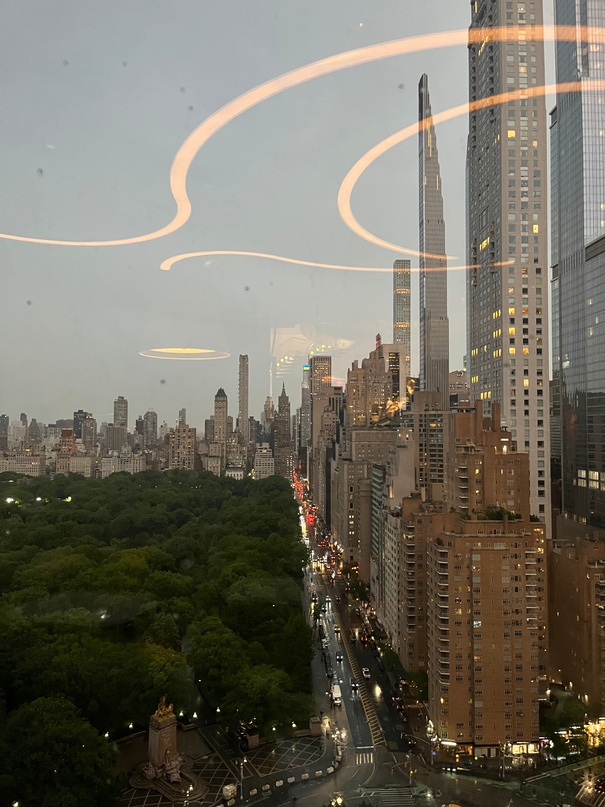
New York
New York is the hub for fashion in the US, home to the flagship stores of many brands. New brands are popping up with a mission to make fashion sustainable, benefitting from the prevalent fashion scene in New York in addition to the demand for more sustainable options. Thrifting has also become immensely popular over the last few years, as the trends coming back from the 90s and 2000s can be easily found in thrift stores. However, mixing trends with thrifting has allowed thrift stores to raise their prices. New curated vintage shops have also been popping up around the city, where shopowners buy secondhand clothes in bulk and then sell the trendy items at a markup. While speaking with a shopowner, I found out that a lot of stores mainly source their clothes from Europe. This has made thrifting less sustainable, as instead of buying donated items that have been brought to the store locally, stores are importing clothes from outside of the country, increasing emissions.

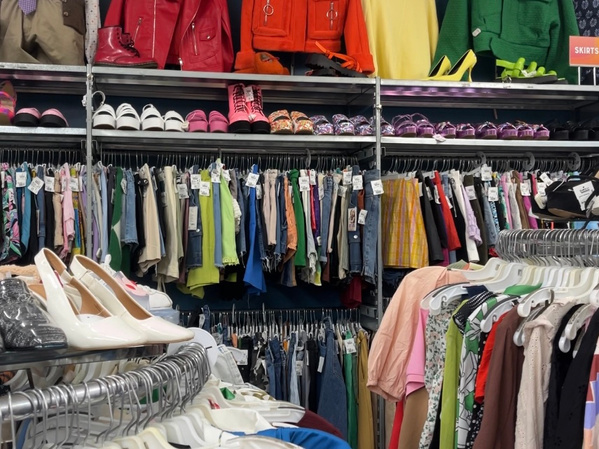
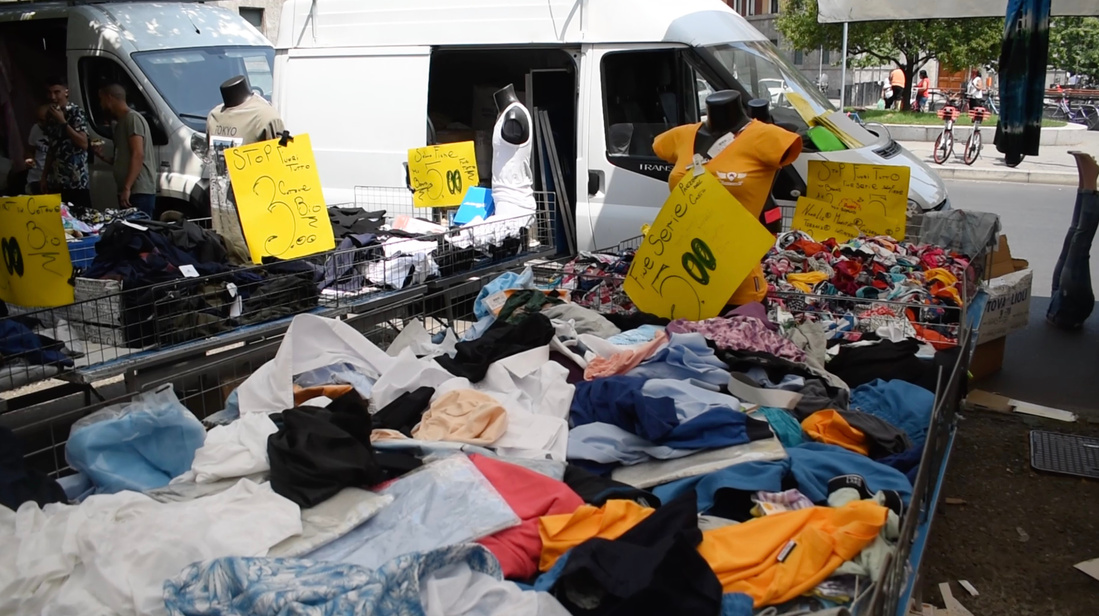
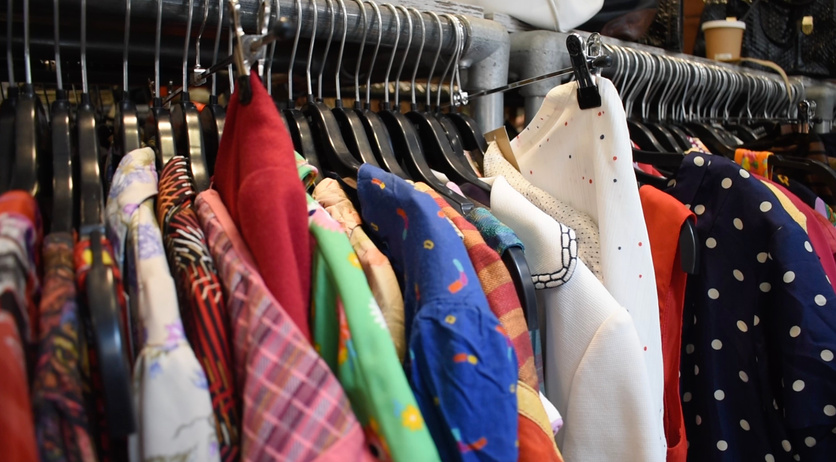
Milan has been actively embracing sustainable fashion for many years, partly due to earlier and increased thought for the environment in Europe compared to in the US. Generally, there is less of a culture of disposability in the EU and being sustainable is more normalized and embedded in the history of these places. Regulations about the environment are actively enforced, which is why many sustainable brands feel comfortable sourcing their materials from there. This also means there are a lot of high-quality, local clothes in Milan sold at a reasonable price point compared to America. The pre-owned market is more normalized, with many busy markets scattered around the city consisting of tables and tables of secondhand clothing. Milan has become known for thrifting, as markets often have affordable price points and secondhand stores are popular. However, there is still a strong luxury brand presence here, and I found that many people focused on quality over quantity when purchasing their clothes.
Milan
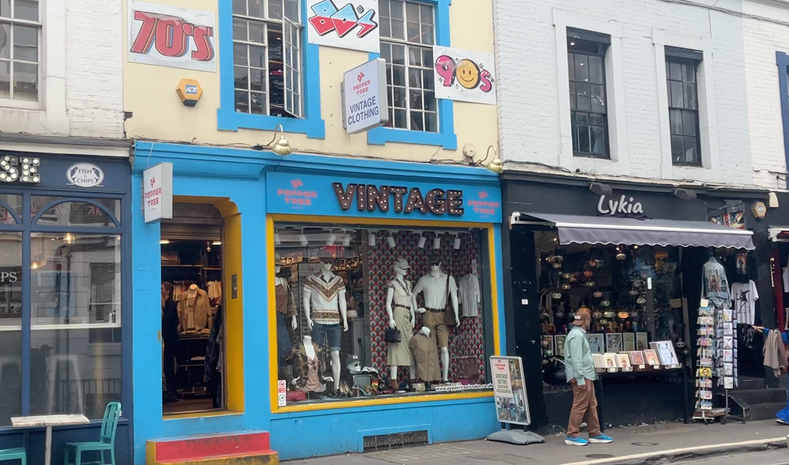
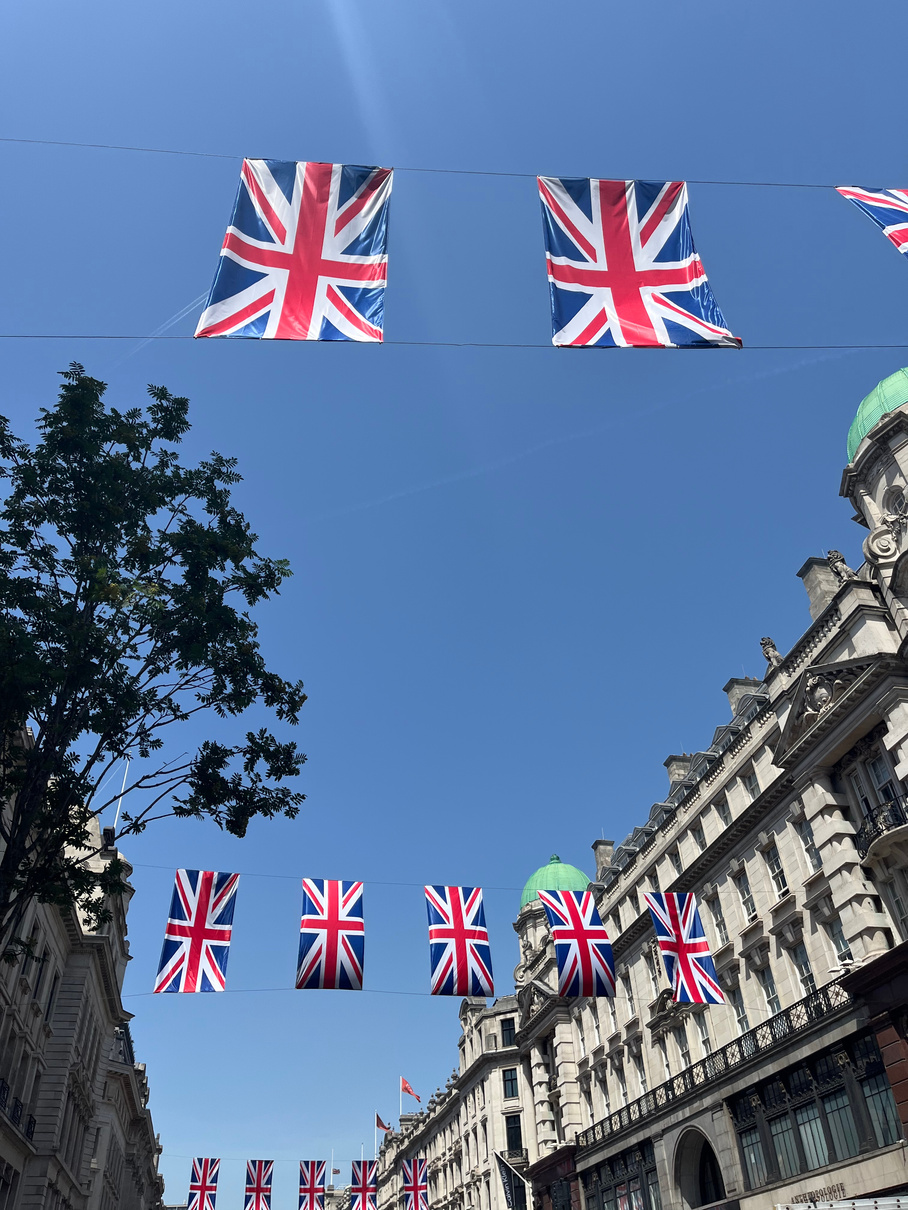
London
London strikes a blend between Milan and New York. European norms and regulations still make society more sustainable, but it is very influenced by tourists and trend culture. I visited the largest vintage market in the UK that sells clothes as old as from the 1920s with hundreds of boutiques. Some were very focused on minimizing waste, such as a designer using old clothes to make new ones. The SoHo area in London was full of trendy vintage shops, while Portobello Market in Notting Hill was selling more locally produced items with a range of styles.
Next steps
Where do we go from here? Sustainability is not just about looking back, but also looking forward. While I was visiting the fashion capitals, I also took time to speak with various professionals in the industry to learn about how fashion can become more sustainable in the future.
How companies can reduce emissions

It is not enough for companies to set goals to be more mindful of the environment -- they have to actually follow through. From speaking with an investor focusing on climate solutions, I learned that a critical thing that companies should do is carbon offsetting. Right now, a lot of companies buy carbon offsets to mitigate their emissions as a first step to reach their climate goals. The most important thing for companies to do is to take the next step beyond buying offsets and focus on practices that decrease their emissions from the ground up.
Brands are producing too much product. Because of trend cycles, brands overproduce items to manage the flexibility of stock. Apparel brands then have to find ways to dispose of unsold stock. For example, since 2013, H&M had burned 60 tons of new and unsold clothes since 2013. This model extends into the luxury space as well, with luxury fashion brands burning unsold goods to retain their exclusivity.
SOURCE: REMAKE
Degrowth: apparel brands
Destroying products harms the environment. Instead, brands should focus on degrowth, where they slow the production of clothing and also reduce product volume. Implementing trend analysis techniques into AI technology would help brands to produce at predicted demand. An example of this is the software Heuritech, which is being used by LVMH and other brands to meet their ESG goals.
Degrowth: the individual
On a more individual scale, degrowth involves extending the lifespan of clothing to reduce waste. Everyone can make changes in their fashion practices to become more sustainable by. The number one issue is to be mindful of the textile waste that you are producing. Buying a trendy item that you can wear a few times before it ends up in a landfill or in the back of your closet just encourages the practice of fast fashion. Instead, invest in clothing pieces that are made well and that you will cherish for a long time. To make sure what you are paying for is worth it, look at the material composition label to see the quality of the fabric. Another way to avoid waste is to upcycle clothing items you don't wear or save clothes from being thrown in the landfill by thrifting. Finally, set doable goals for yourself to avoid buying fast fashion, especially from big-name retailers and polluters similar to Zara and SheIn.
Pillars for successful climate solutions
1
Is the company solving a difficult problem?
2
Can it scale?
3
Are they using a market-based solution?
Sustainable brands: a model for change
Fashion is a set of different systems that work together behind the scenes before a customer has a chance to buy the clothing item. New fashion brands focused on sustainability are working to ensure that each step in the system is mindful of the environment. When speaking with the Head of Sustainability at an emerging sustainable fashion brand, what was most important to the brand was being a model for change. They have proven that things can be done more sustainably at a fundamental level and still be profitable, as there is enough demand for sustainable fashion from customers.
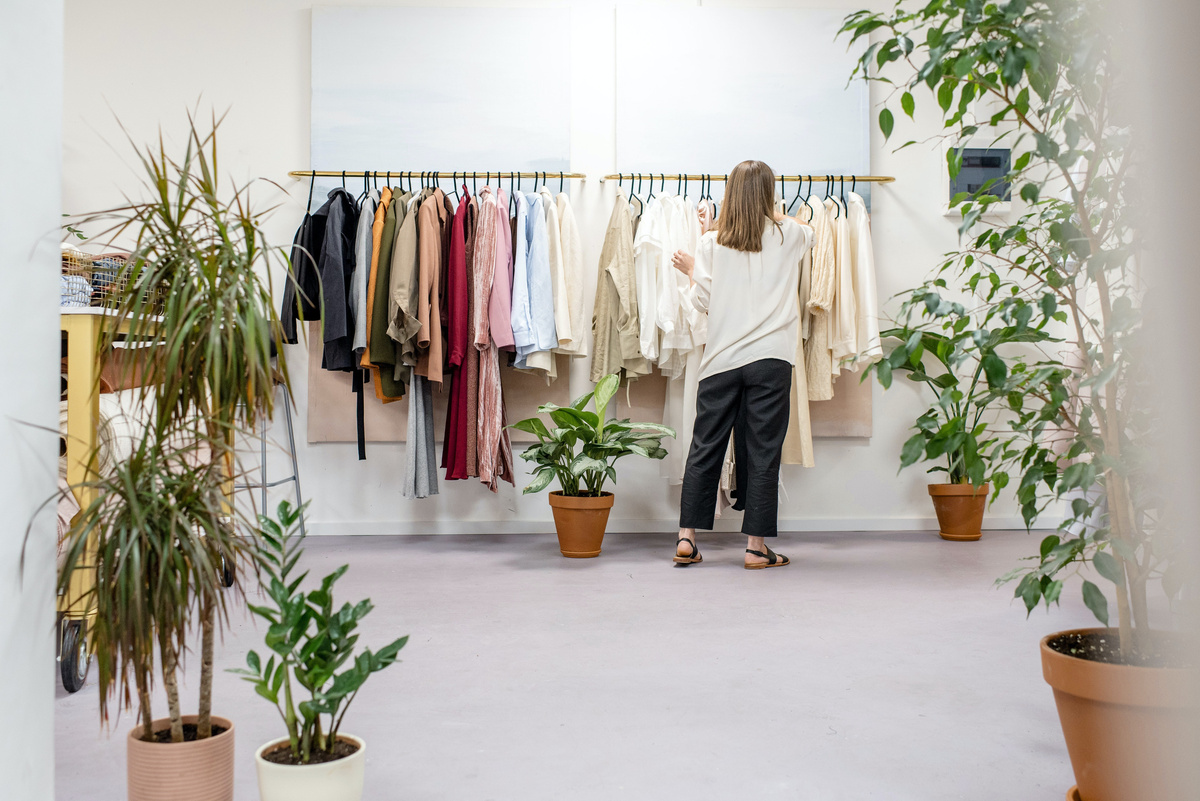
Tracing and sourcing
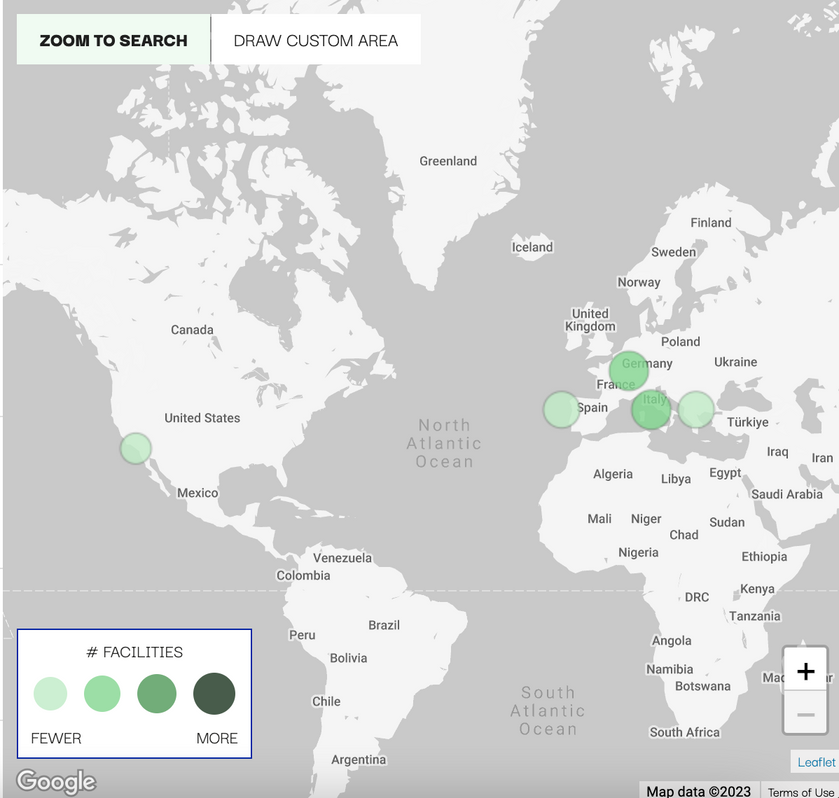
One of the crucial things for sustainability is tracing and sourcing so that brands are able to track where materials come from and how they are processed. The brand I spoke with has direct relationships with their factories and has visited all the farms where they source their wool. They also use Open Supply Hub for full transparency of what facilities they use when making their clothes, allowing customers to feel secure that they are buying from a sustainable and ethical brand. The map shows that the brand sources most things from Europe, as it is easier to trace materials there since the regulations are stricter than in other parts of the world.
People can be incentivized to start thinking in a more sustainable way if they are rewarded for prioritizing the environment -- or punished for disregarding the environment. An example of this is the plastic bag tax, where more and more people use reusable bags to avoid the punishment of having to pay for a plastic bag, therefore decreasing their consumption of plastic. The fashion industry needs to come up with more solutions that will provide a similar exchange in order to meet the climate goals. One example of this is resale or donation platforms, where brands offer a discount in exchange for in-store clothing donations that are then recycled.
Fast fashion alternatives that reach

Customers become knowledgeable about sustainable brands and prioritize the environment
If an individual values the environment, they will be look for fashion that is sustainable
A cycle between customers and companies
To be more competetive, more companies have to become more sustainable
An increase in demand for sustainable fashion will cause a company to change its practices
The future of sustainable fashion
Sustainable fashion means looking at each step in the system and seeing where you can adjust practices to be more mindful of the environment. It is a systemic approach that relies on both the individual and company valuing sustainability. Everyone I spoke to in my research seemed optimistic that we are heading in the right direction, but that more action needs to be taken to speed up the process. More and more customers are starting to think about sustainability, pushing large fashion brands to be accountable for their practices. The industry is getting smarter and more sustainable policies are coming into play. However, retroactive efforts of donating to environmental charities are not enough if brands do not change the fundamental issues within their production process. Knowledge is increasing, but it is up to both individuals and companies on what action to take.

Sources
GOOD ON YOU - https://goodonyou.eco/what-is-fast-fashion/
World Economic Forum - https://www3.weforum.org/docs/WEF_Net_Zero_Challenge_The_Supply_Chain_Opportunity_2021.pdf
REMAKE- https://remake.world/stories/news/why-we-should-be-talking-about-degrowth-in-fashion/
ALL images, videos, and music are my own or copyright free